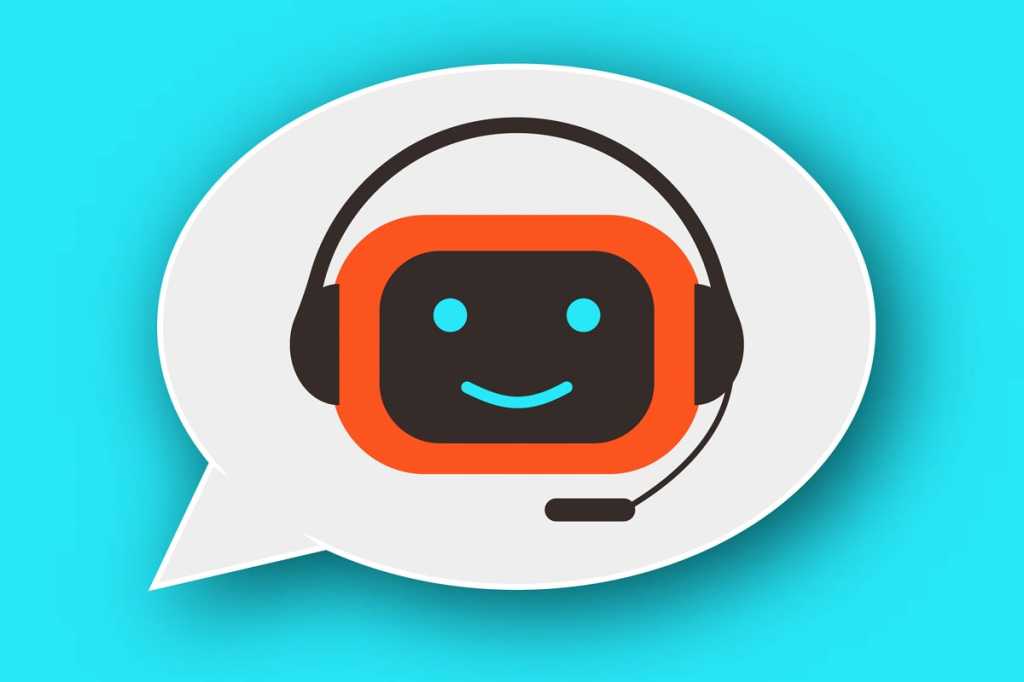In an era where instant communication is the norm, chatbots have emerged as frontline communicators for many businesses. However, not all chatbots are created equal. While some serve as little more than digital frustrations, others excel, enhancing customer experience, cutting costs, and driving revenue. So, what separates a helpful chatbot from a hindrance?
Crafting Digital Genies: Many companies rush to implement chatbots only to deploy ones that are as useful as “chocolate teapots”. These basic, rule-based models often fail to understand or respond adequately to user queries, leading to customer frustration and tarnished brand perceptions. On the other hand, poorly developed AI chatbots can hallucinate responses, provide inaccurate information, or even damage your brand reputation with inappropriate comments. Conversely, well-designed AI chatbots are invaluable assets. They understand their limitations, fetch accurate data from integrated systems—be it logging a support ticket or retrieving order details—and interact in a way that reflects well on your brand.
Designing a Chatbot that Adds Value: To ensure your chatbot is a boon rather than a bane, here are 5 points to consider.
1. Define Clear Objectives: Understand what you want your chatbot to achieve. Is it resolving customer service inquiries, generating leads, providing information, or all of the above? Clear objectives guide the development process and set benchmarks for success.
2. Prioritize User Experience: Design interactions that are intuitive and pleasant. A chatbot should be easy to converse with, offering options to seamlessly transfer to a human agent when necessary.
3. Invest in Quality AI: Utilize robust AI technologies. Natural Language Processing \(NLP\) capabilities are critical for understanding user intent. Ensure your AI is trained on relevant data, and tested thoroughly.
4. Set Boundaries and Expectations: Make it clear what your chatbot can and cannot do. Setting user expectations early helps prevent frustration and ensures interactions remain productive.
5. Regularly Update and Optimize: The development of a chatbot is never truly complete. Regularly review performance data, gather user feedback, and refine your bot accordingly.
The Business Case for Smart Chatbots Well-implemented chatbots not only enhance customer satisfaction but also provide a significant ROI by automating routine tasks, enabling human agents to focus on more complex issues. They represent your brand 24/7, offering consistent and instant customer service that can differentiate your company in a competitive market. Let’s Elevate Your Customer Service Are you ready to explore the potential of a well-crafted chatbot, or need help optimizing an existing chatbot or with your AI/ML strategy ? Contact us today. Let’s ensure your chatbot effectively represents your brand and meets your needs.

